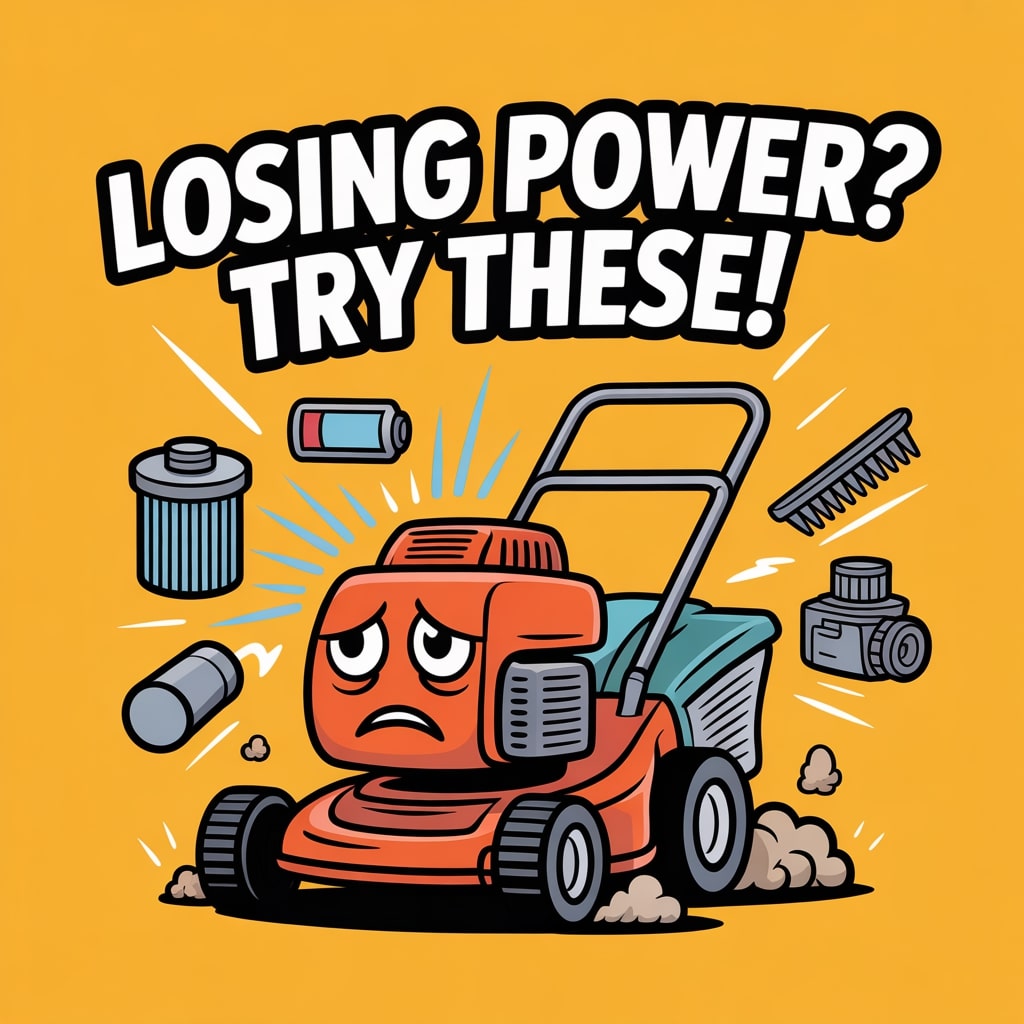
If your mower starts out strong and then suddenly acts tired halfway across the yard, don’t panic — it’s not having a midlife crisis. Most of the time it’s one simple thing choking it out. A dirty air filter, dull blade, bad fuel, clogged carburetor jet, or even thick grass can make a mower lose steam faster than a cheap leaf blower.
Fast check: when your mower feels weak only when the blades engage, that’s usually airflow or fuel delivery — not the engine “going bad.”
A few things to look for right away:
Classic fuel delivery trouble — the carb isn’t getting steady gas flow.
Usually a dull blade or a deck packed with grass clumps slowing everything down.
Tap the air filter. Dusty jobs choke it quicker than people expect.
Check the spark plug and tighten the blade bolt. Both affect power under heavy cutting.
Most folks jump straight to “I need a new mower,” but honestly, 80% of weak-power issues are quick fixes you can do in your driveway with basic tools.
Alright, let’s walk through the real reasons — the ones that actually show up in U.S. backyards every single weekend…
Why your mower losing power usually means something simple?
When a mower is losing power under load, it feels exactly like a car trying to drive uphill in the wrong gear — loud, strained, and kind of embarrassing. A weak mower usually comes down to one of three things: bad air, bad fuel, or the blade making the engine work harder than it should.
Real stuff we often deal with all the time:
Quick trick: before you tear anything apart, loosen the gas cap and try again. If it suddenly stops bogging down, your gas cap vent is clogged — super common in summer.
One more thing most folks miss: thick St. Augustine or Bermuda down South takes way more muscle to cut than cool-season turf up North. That’s why a mower can feel totally fine in spring and then weak in July — the grass changes, not the engine.
Okay, now that you know what “losing power” really looks like, let’s get into the real reasons…
10 Reasons Your Lawn Mower Is Losing Power
(Ranked From Most Common to Most Annoying)
Alright, now we’re getting into the actual reasons your mower acts like it’s running a marathon uphill. These are the problems I see over and over in U.S. yards, whether I’m helping a neighbor, fixing someone’s “backup mower,” or cleaning up after a dusty job where the machine basically inhaled half the driveway.
Think of this section like a hit list. Start at the top. The cheap, easy fixes come first. The expensive, “I’m tired of this thing” problems are down near the bottom.
Dirty Air Filter (Engine Can’t Breathe)
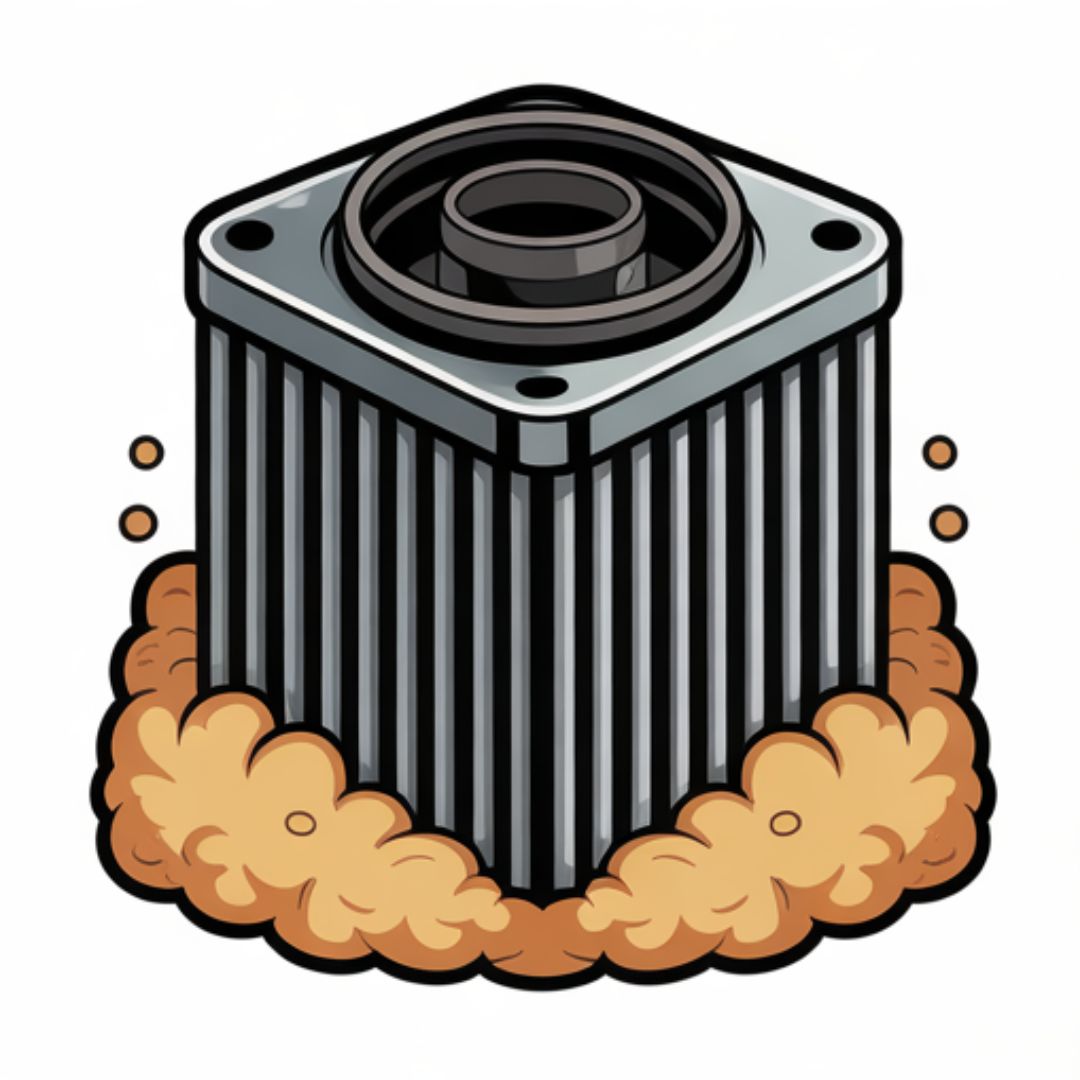
Dull or Bent Blade (Engine Working Too Hard)
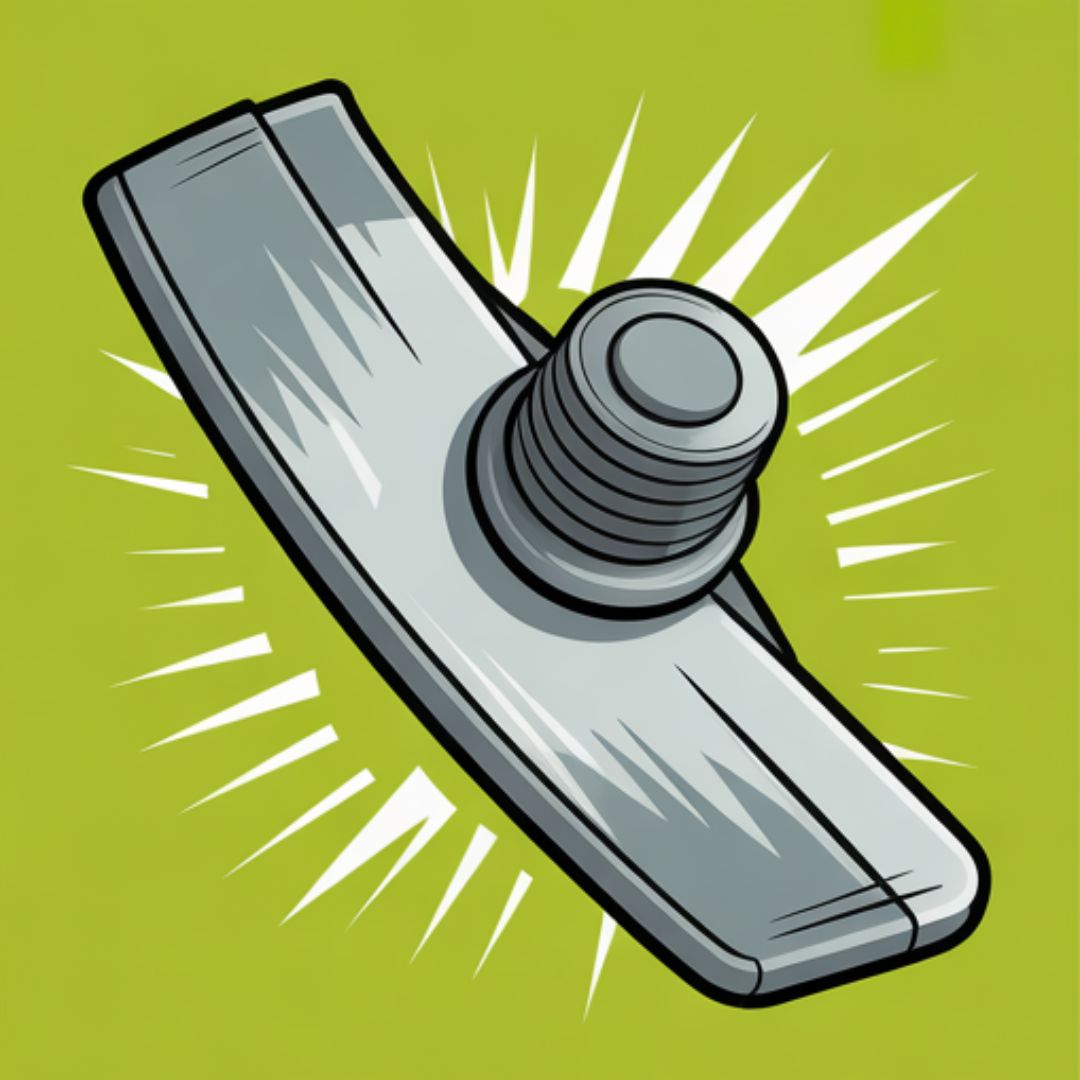
Carburetor Gunk / Clogged Jet (Surging Engine)
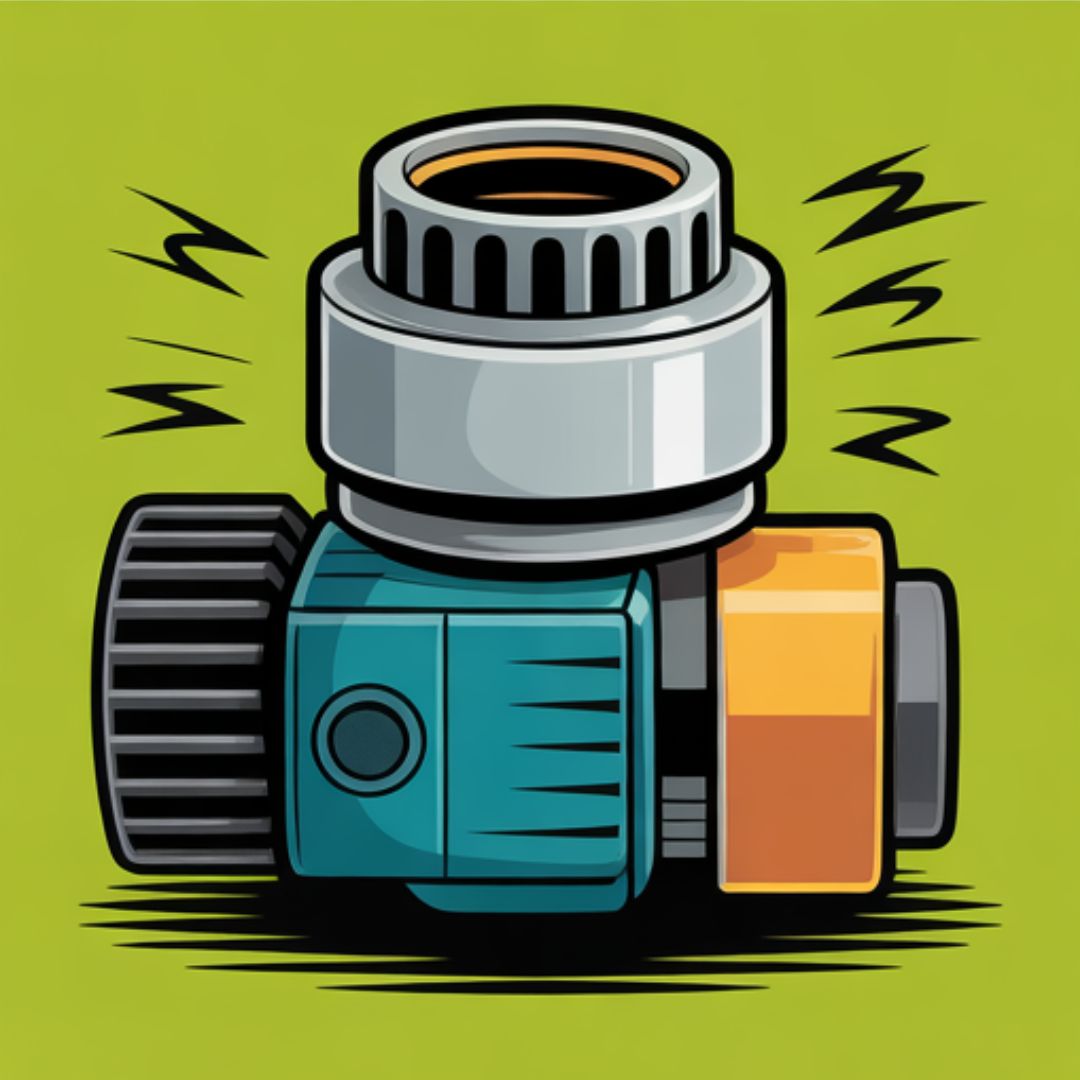
Old Gas or Water-Contaminated Fuel
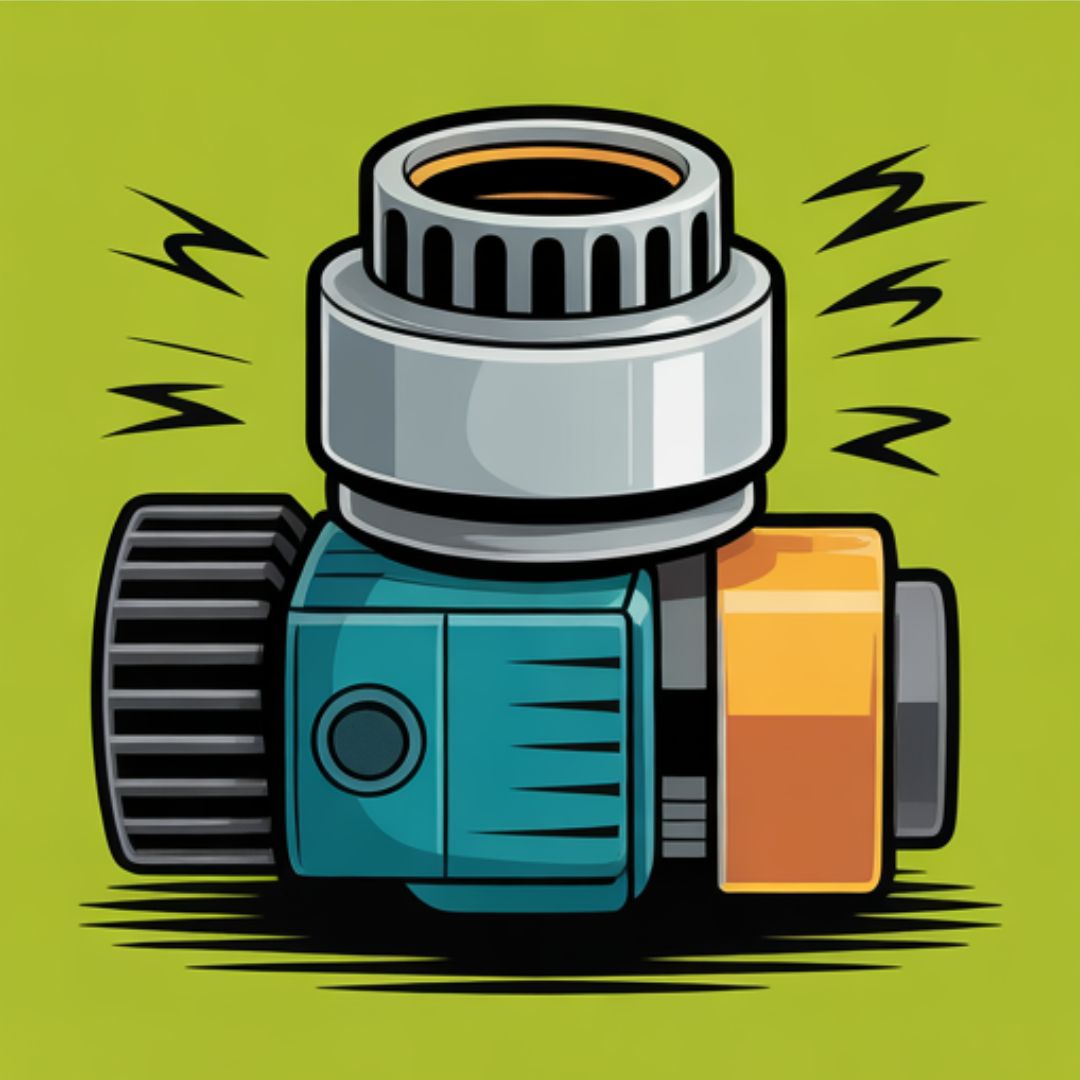
Clogged Fuel Filter or Line Restriction
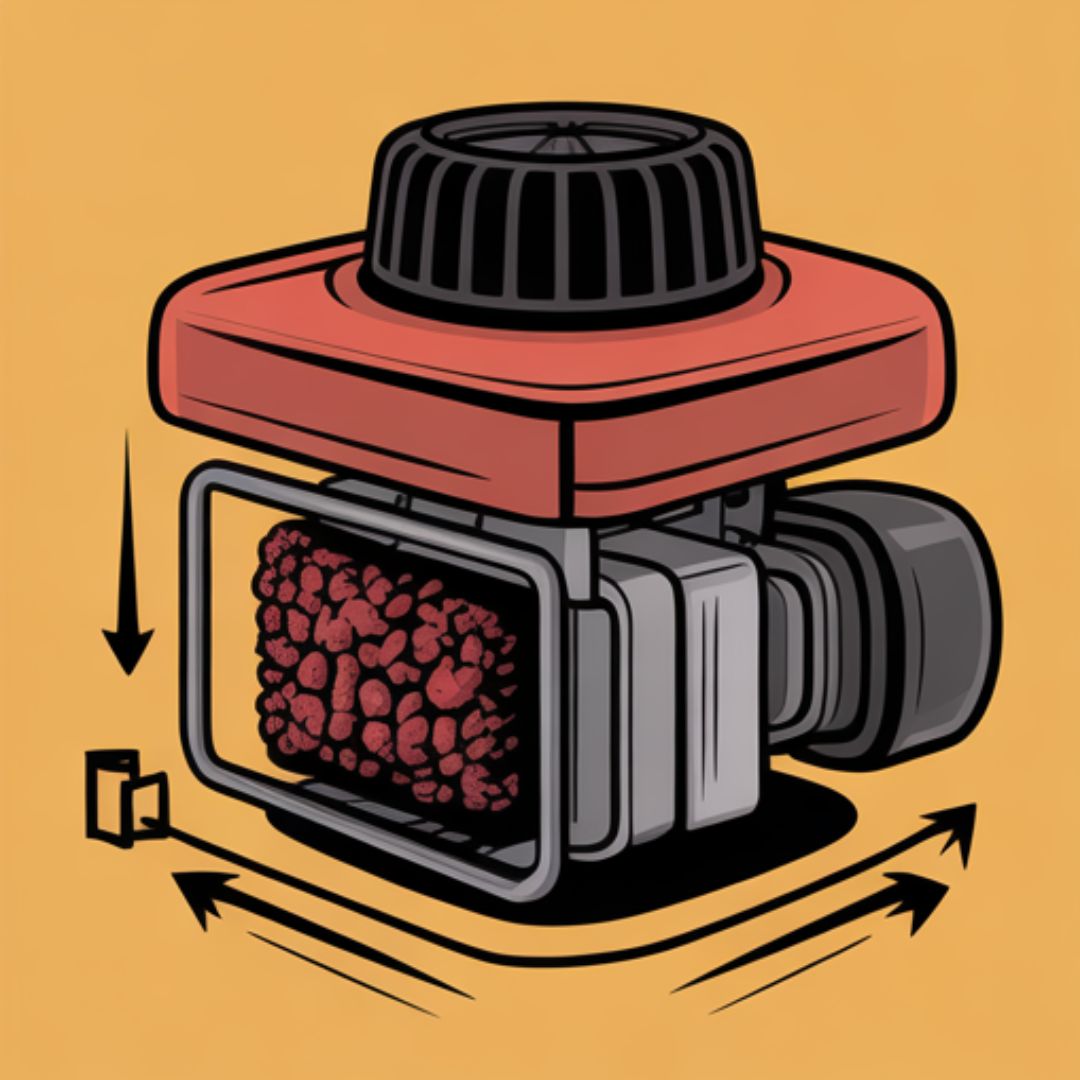
Spark Plug Issues (Loose, Fouled, Cracked)
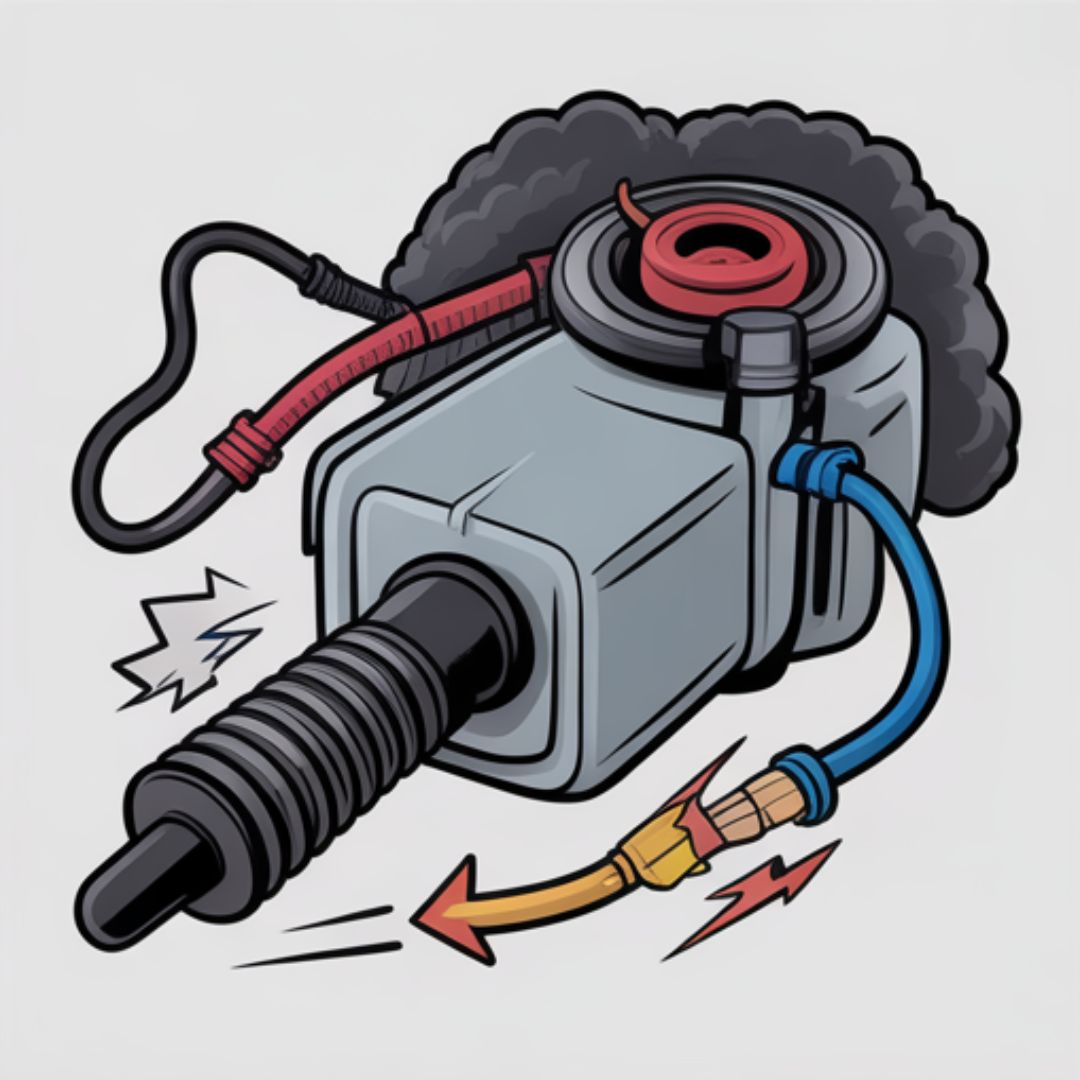
Grass Buildup Under the Deck (Airflow Killer)
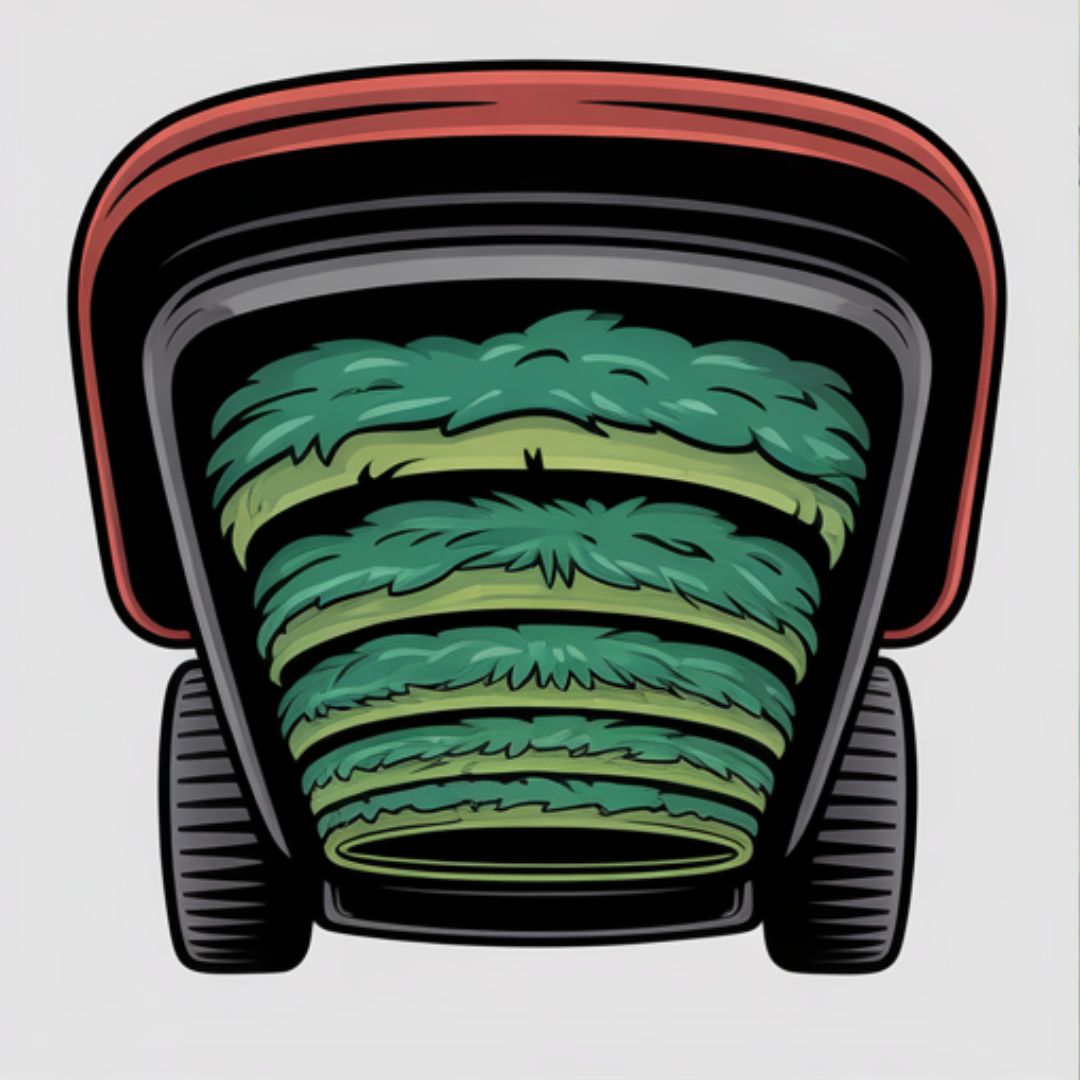
Overgrown or Thick Grass Overloading the Engine
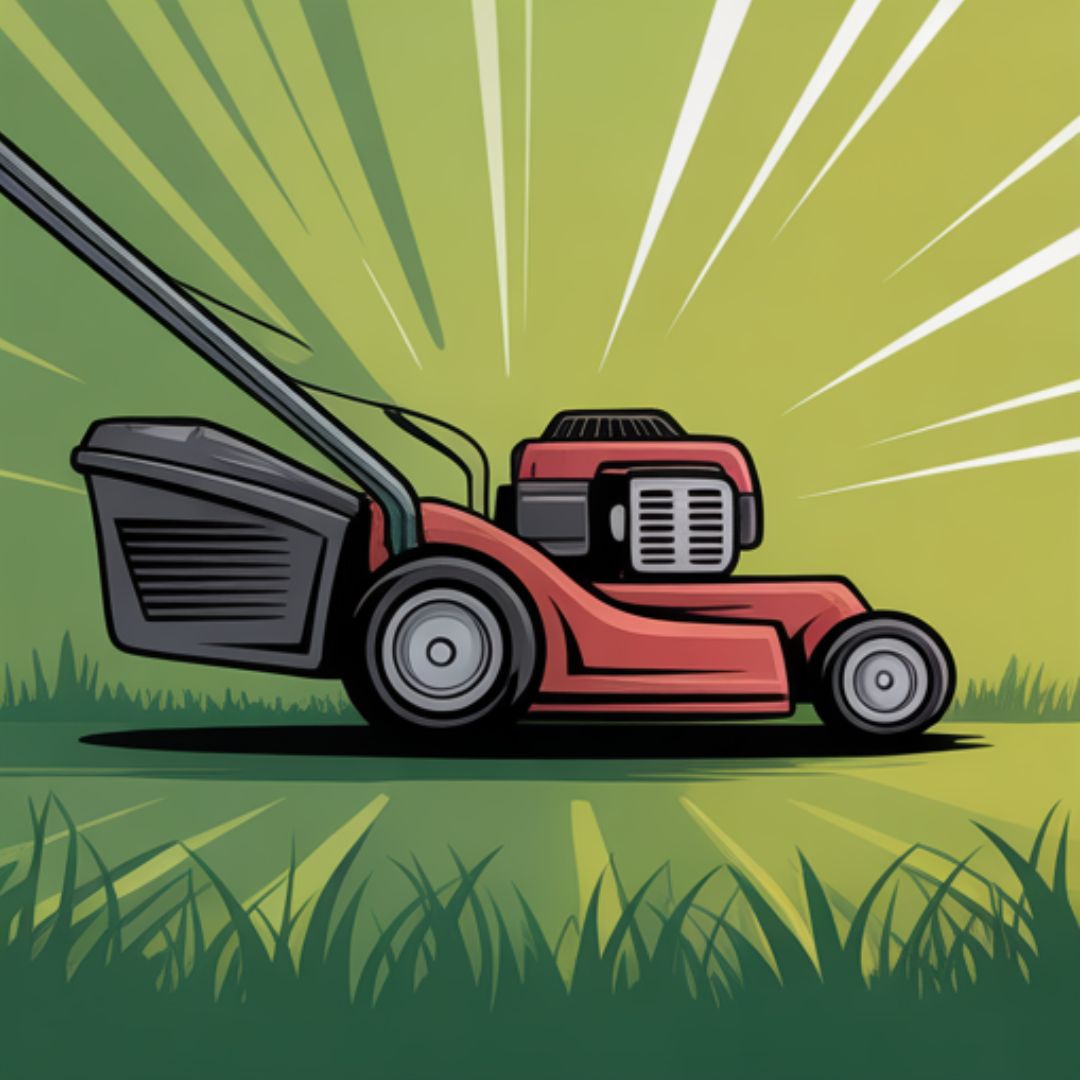
Low Engine Oil or Wrong Oil Type
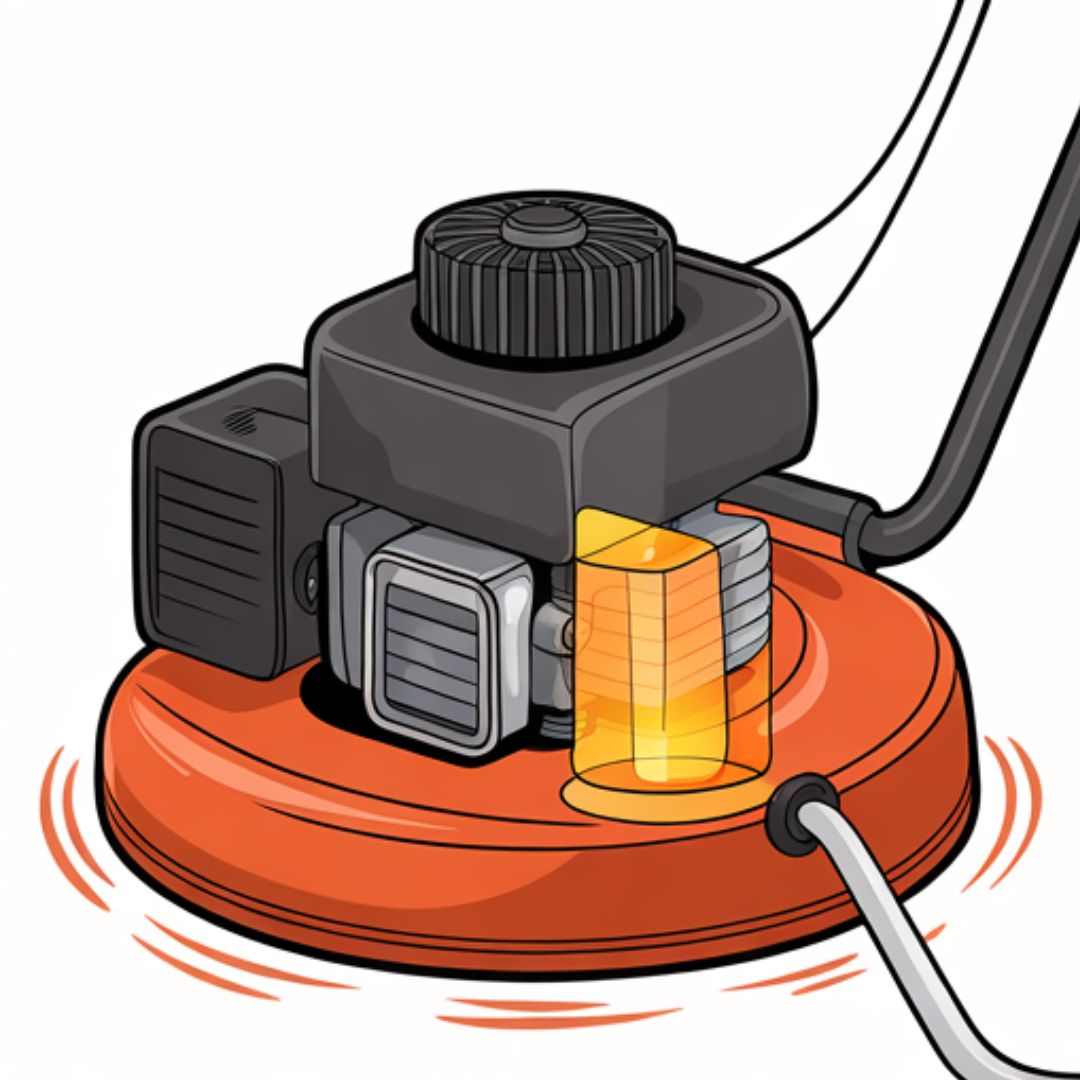
Failing Carb Diaphragm / Governor Spring / Low Compression

